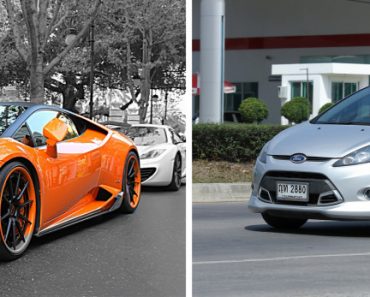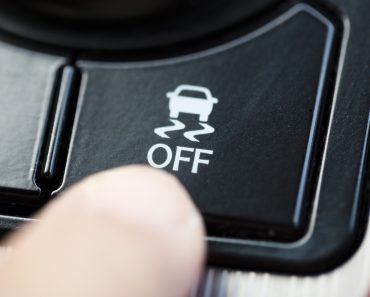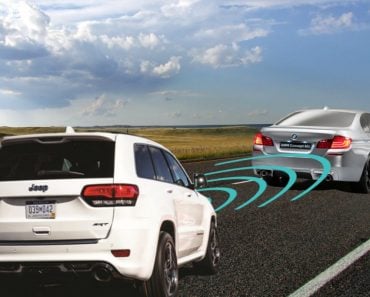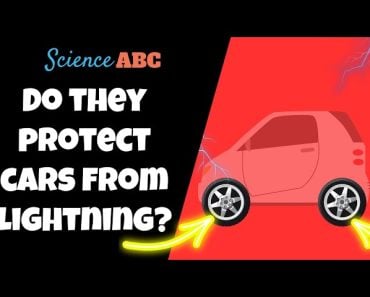Table of Contents (click to expand)
Passive safety systems in automobiles refer to those provisions that come into action in the event of an accident and are aimed at ensuring occupant safety. Active safety in a car refers to those systems that assist the driver in proactively avoiding accidents, rather than having to rely on safety equipment
When making a purchase decision, people may often buy a particular vehicle for the myriad safety ‘features’ that are available in that car. However, does the addition of extra airbags or more electronic alerts actually make your car safer? Let’s explore to find out more about passenger vehicle safety.
Recommended Video for you:
What Is Safety In An Automobile?
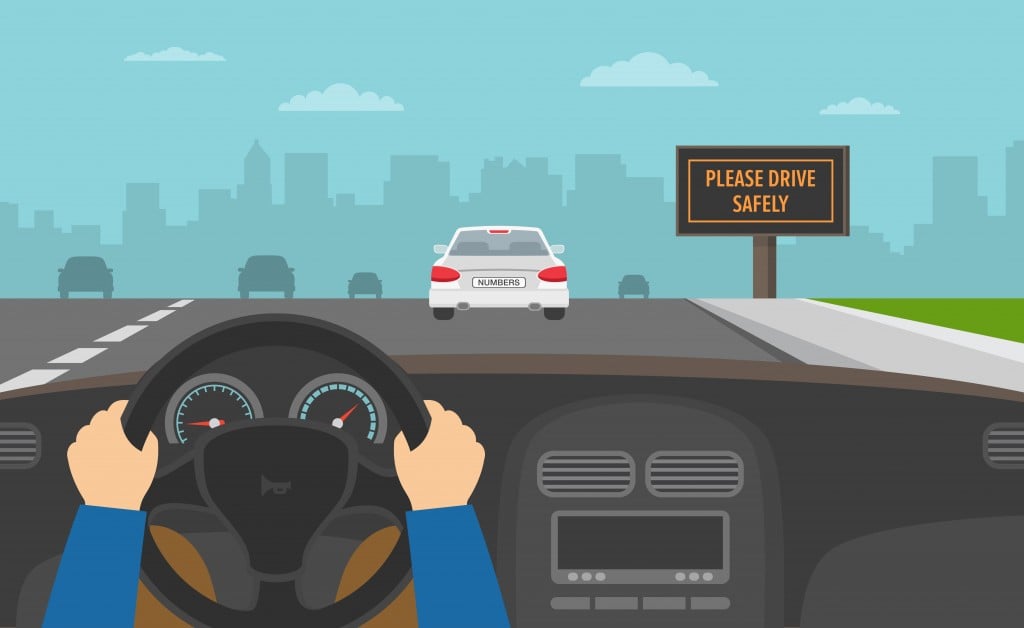
Automotive safety begins at a more elemental level; rather than improvement through “more safety features”, it can instead be broadly classified into two parts, namely active safety and passive safety.
Active safety refers to all those safety maneuvers and mechanisms that are aimed at avoiding an accident in the first place. Passive safety, on the other hand, enlists the provisions built into the vehicle that come into action when an accident actually happens.
Thus, a safe car can be defined as one that behaves predictably and is reliable to drive, while also protecting the occupants in the case of an adverse event. The number of safety features can vary widely between cars, based on positioning in the market and price.
Active Safety
Active safety consists of features that are aimed to make a vehicle predictable in its movements and driver-friendly so that mishaps can be avoided altogether. A good active safety system is developed at a more fundamental level.
1. Design
Design does not solely pertain to the shape and aesthetics that impart visual appeal, but also to various engineering considerations. Vehicular design has two distinct roles to play in both active and passive safety systems.
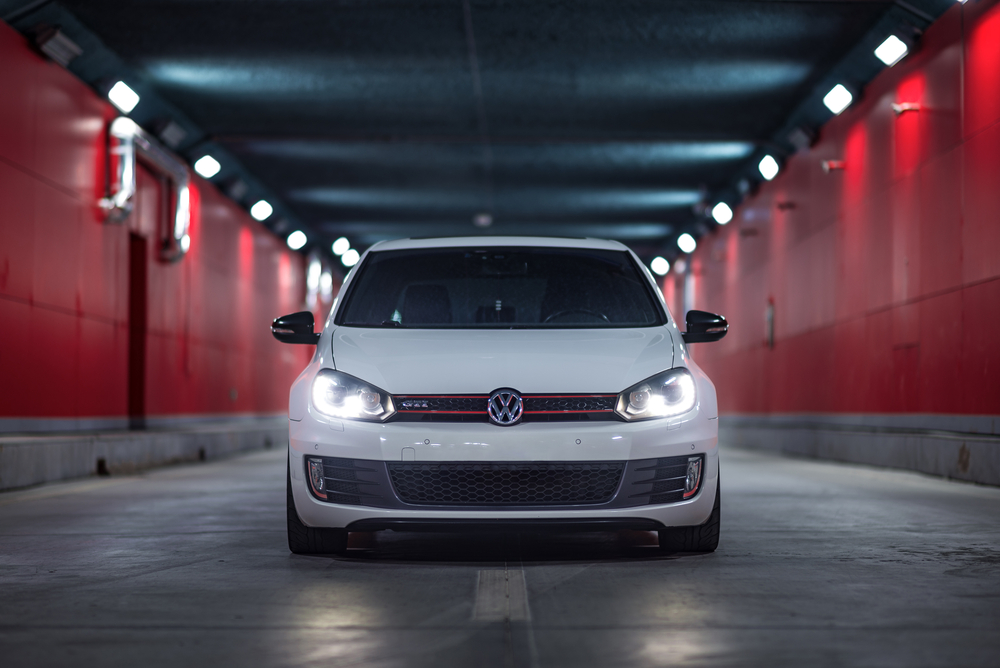
I. Chassis
In the past, cars were manufactured on a ‘body-on-frame’ platform, which offered great load-bearing capabilities, but did little in terms of drive stability and protection. The development of the modern monocoque chassis has resulted in far more stable and safer architecture.
Ii. Center Of Gravity
A lower center of gravity results in a more stable ride, especially around corners and at high speeds, in comparison to a car with a higher center of gravity. The chances of a vehicle rolling over are significantly reduced by lowering the center of gravity. In high seating cars, provisions like anti-roll bars are put in the chassis to reduce chassis flex, which contributes to body roll.
Iii. Wheelbase
A smaller wheelbase reduces the turning radius of the car (for reference, a small hatchback can turn much faster than a limousine). This, in turn, makes it easier to perform evasive maneuvers.
Iv. Weight Distribution
A heavy vehicle exerts more force on the ground, thus generating more friction. This results in a better grip and prevents the vehicle from losing traction. Apart from the total weight, weight distribution within the vehicle plays an important role in its handling.
The aforementioned parameters are not binding for vehicle design, as vehicles differ vastly in their shape, size, features and applications. Higher load-bearing vehicles might have a body-on-frame chassis and a higher center of gravity.
Similarly, luxury cars often have long wheelbases. While it is desirable to have a heavy vehicle to maintain traction, heavy vehicles can be difficult to maneuver and fuel-intensive to run. Thus, these parameters must be adjusted to achieve a trade-off of optimal safety and practicality of application.
2. Quality Of Hardware
A safe vehicle employs high-quality hardware that contributes to the construction and handling of the vehicle.
I. Construction Sheet Metal
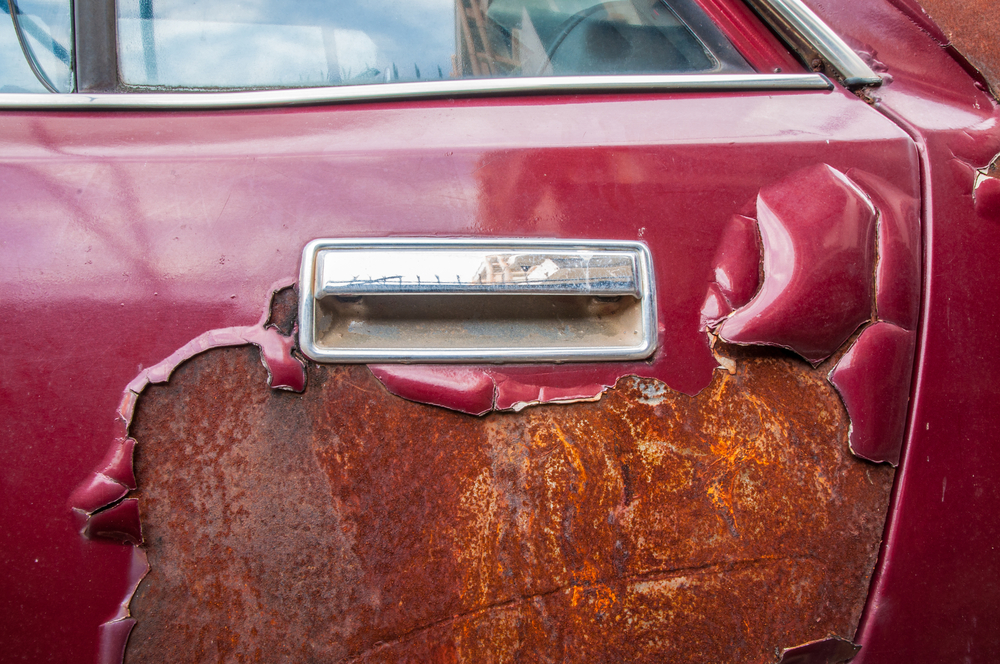
Often, in an attempt to reduce costs, manufacturers skimp on the quality of sheet metal used to fabricate the body of the vehicle. Poor-quality sheet metal and inferior painting techniques can cause rust to spread and weaken the overall structure of the vehicle. A safe car not only uses good-quality steel, but also good painting techniques, such as electronic primer deposition for rust inhibition.
Ii. Wheels, Suspension And Brakes
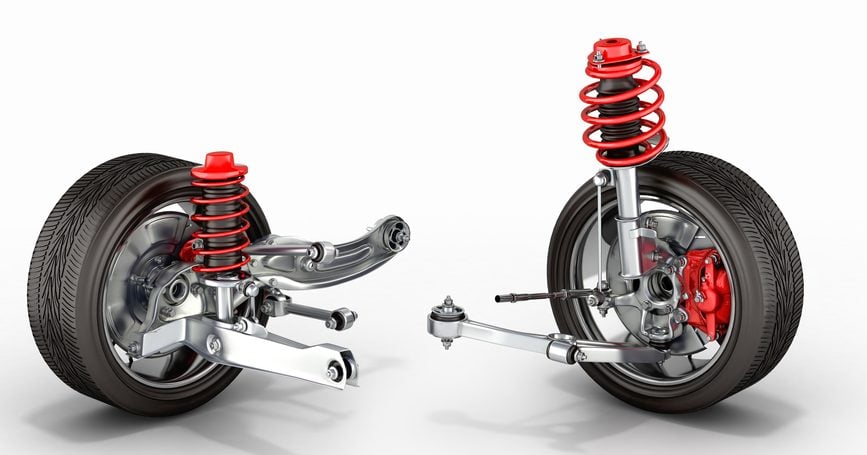
The wheels, brakes and suspension are tuned to operate optimally in certain conditions, and they can be pushed only slightly to operate in unfavorable conditions before they becomes unsafe.
A safe car design would incorporate running systems that can occasionally operate well in unfavorable conditions without risking the occupant’s life.
Racing tires, for example, are usually devoid of tread and grooves, which are meant for water displacement. While they can be used on the roads, it is unsafe to do so, as they run the risk of losing traction on wet surfaces. Similarly, a soft suspension that is good for absorbing road bumps cannot be repeatedly subjected to off-road situations where traction and a stiffer suspension hold greater priority.
Iii. Illumination

A safe car is designed with appropriate illumination systems that not only light the way ahead in the dark, but also make the vehicle conspicuous in the case of heavy rain, foggy weather etc. Well-designed lights should illuminate the way in front, but also around the car to assist when taking turns in the dark.
3. Electronic Driver Assistance Systems
While nothing can replace a driver’s instincts and judgment, embedded systems do assist the driver in significantly improving vehicle safety. Here is a list of electronically assisted safety systems that are found in the average passenger vehicle:
I. ABS And EBD
The Antilock braking system (ABS) and Electronic brake force distribution (EBD) work in conjunction during sudden and heavy braking to prevent the wheels from locking up. The forces that activate the brakes are then distributed more evenly to decelerate the vehicle in a controlled manner.
Ii. Blindspot And Lane Departure Assistance
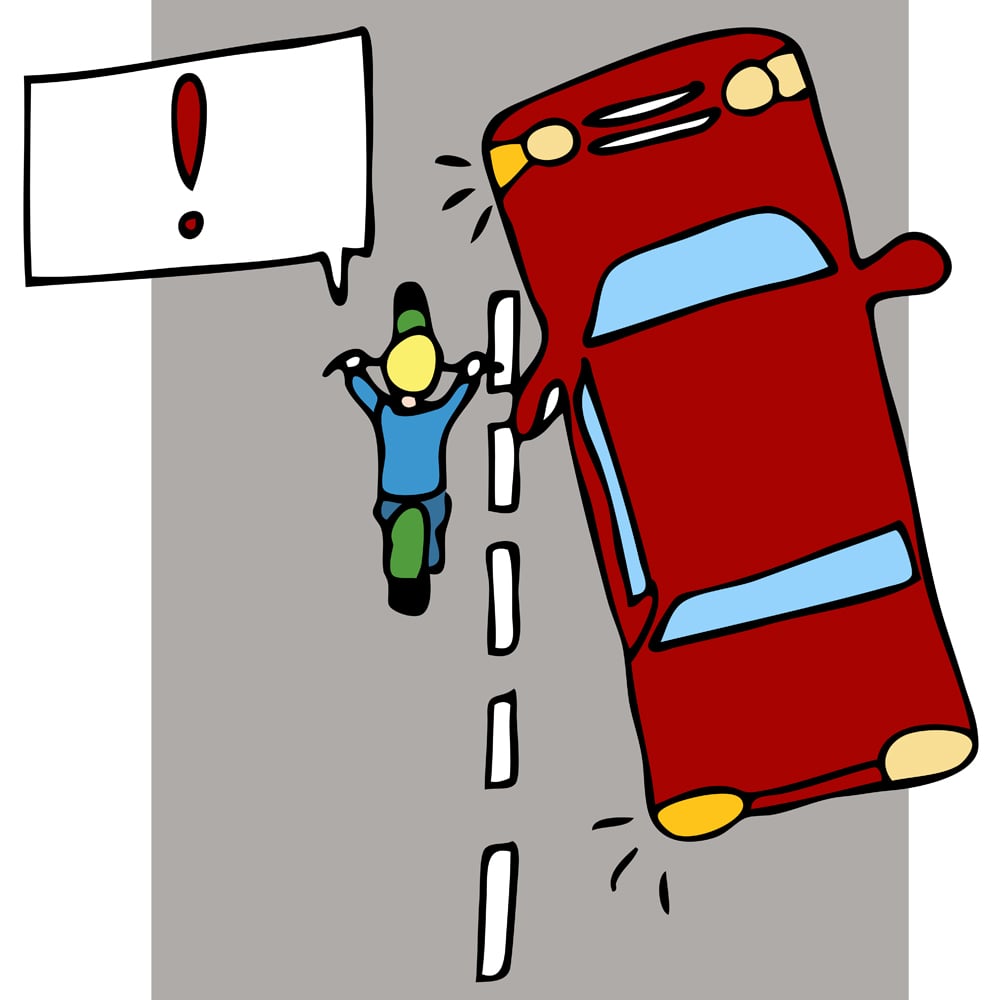
Vehicle geometry and driver position can often result in no visibility for certain areas behind and towards the sides of the car. Blind spot monitoring forewarns a driver so they can make the necessary adjustments to their path and prevent impacting any objects in such areas.
Lane departure assistance similarly allows drivers to ease onto a main road from a by-road without colliding into vehicles that come up from behind them at high speeds.
Iii. Heads Up Display
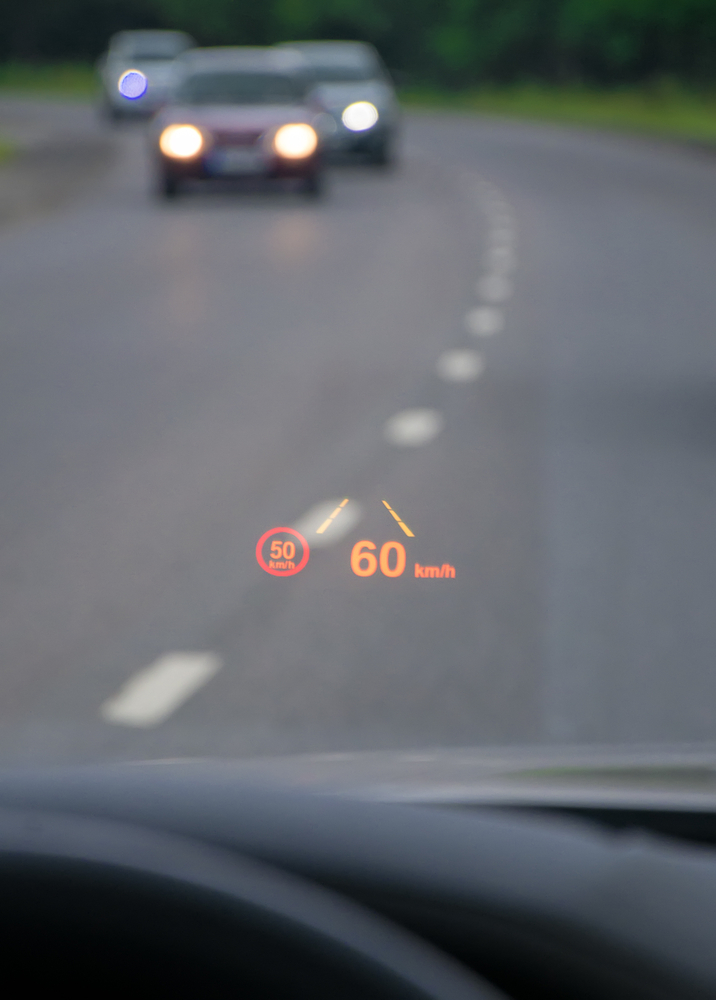
A heads-up display, or HUD, displays important information like speed, gear rank, and sometimes even map directions on the windshield of the car, directly in the driver’s field of view. This enables the driver to make decisions without having to look away from the road to find relevant information.
Iv. Driver Attention Monitor And Alarm
Certain vehicles have systems to analyze steering behavior to determine driver fatigue levels and prevent vehicles from veering off course. They alert the driver by means of an alarm and encourage the driver to pull over and rest.
V. Tire Pressure Monitoring Systems
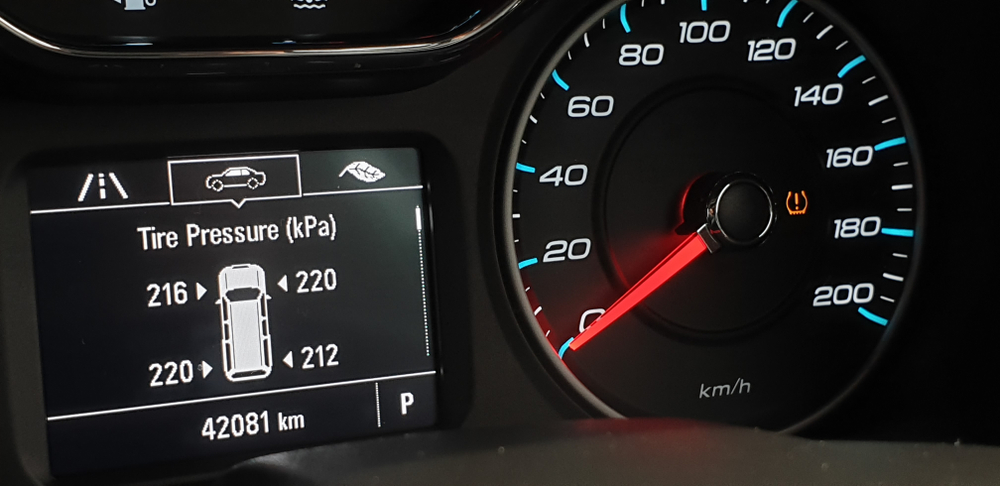
Tire pressure monitoring systems use sensors at the tire stem to determine tire pressure and display real-time data on the instrument cluster. They denote whether the car is running on optimally inflated tires, thereby allowing the driver to inflate/deflate their tires as required.
Vi. Adaptive Cruise Control
Adaptive cruise control takes the speed of the vehicles ahead into account and slows down the vehicle without the driver’s input, based on the distance between the two cars.
Vii. Traction Control
Traction control systems detect free wheel spin and redistribute power from the driveshaft to prevent vehicles from getting stuck in low-traction situations.
More On Active Safety
Active safety also depends on the upkeep of vehicles, along with the driver’s skill and foresight. A car with good active safety measures in place does not really need passive safety systems in ideal scenarios. However, accidents primarily take place in situations that are beyond human control, which necessitates elaborate passive safety systems being in place. We will discuss passive safety systems at length in the next article.
Now, let’s discuss passive safety features in a car…
While purists may often brag about the way old cars can stand up to any modern car in terms of their virtually indestructible build, it is often overlooked that modern cars are designed to crumple to ensure occupant safety. Old cars with their indestructible construction, however, cannot boast a similar safety quotient.
Passive Safety
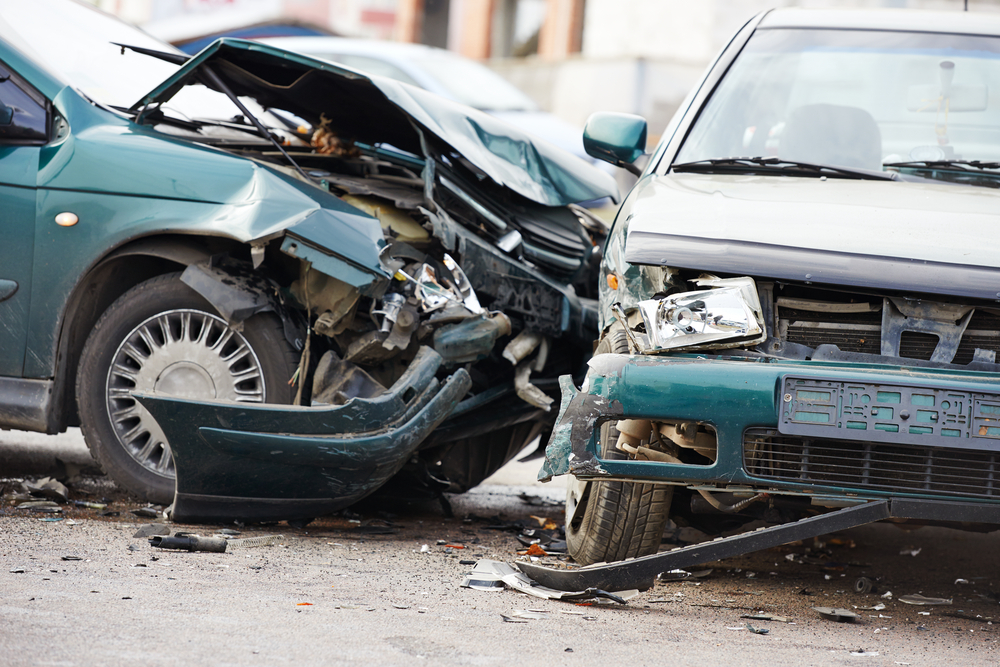
Provisions of passive safety come into action when an accident has occurred. Thus, the role of passive systems is to ensure that minimum damage is done to human life, even if it comes at the cost of destroying the vehicle either partially or fully. Passive safety systems comprise various elements. Comprehensive crash tests and each car’s subsequent ratings are essentially a test of the effectiveness of the passive safety parameters.
Let’s spend a bit of time exploring each of them in detail.
1. Design
While vehicle design has a major role to play in the dynamics of active safety, it is even more crucial in the realm of passive safety. A vehicle of sound design achieves two important objectives in an accident:
- Keeping the occupants isolated from impact to the maximum possible extent.
- Allowing them to escape easily to safety.
Passive safety systems comprise several design elements.
I. Crumple Zones
A crumple zone refers to a portion of the vehicle that is designed to destruct in order to absorb the maximum impact of a collision. This significantly reduces the amount of impact that gets transferred to the occupants.
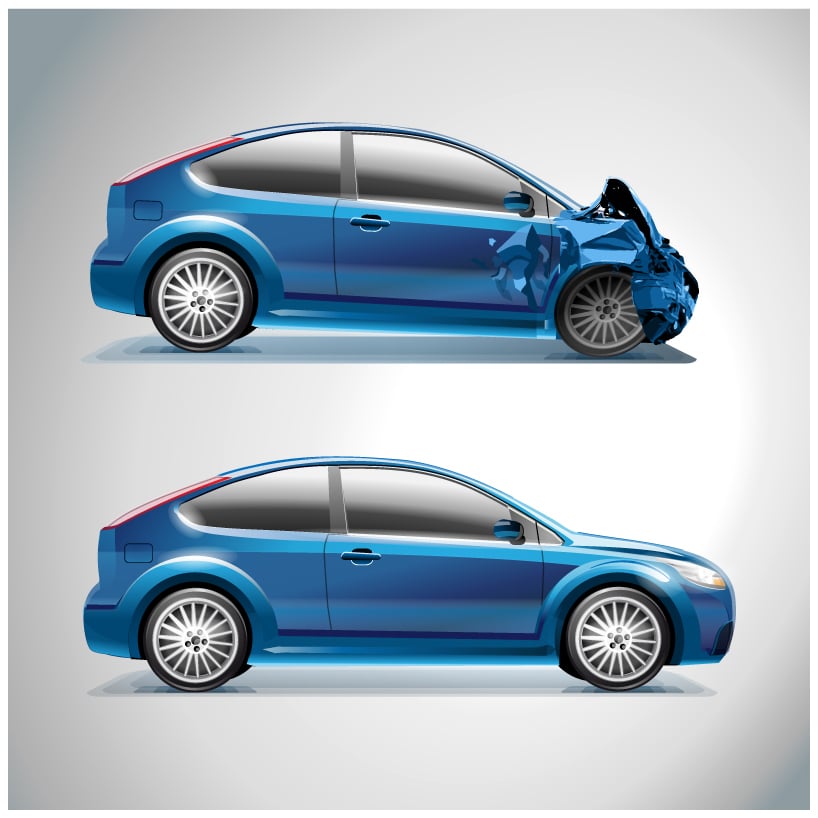
The vehicle body is a structure composed of different varieties of steel. The crumple zone is made of softer steel and constitutes the front and rear portion of the vehicle, which typically takes the first hit upon impact. The steel progressively strengthens as one moves inwards, i.e., towards the cabin, which is reinforced to remain intact even during impact.
A well-designed crumple zone plays an essential role in determining the overall safety of the vehicle.
Ii. Windshield And Glass
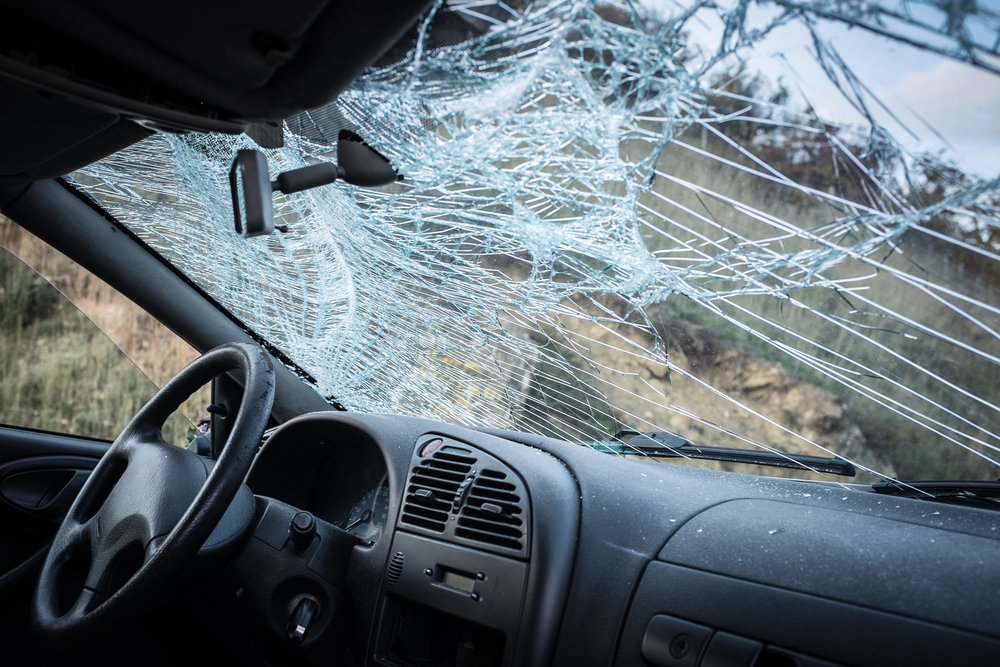
While a windshield looks like an ordinary plate of glass that sits between the occupants of a car and the fresh air outside, its importance can never be overstated.
The windshield is a structural component of a vehicle made of laminated glass. The salient feature of laminated glass is that it retains its shape upon impact and does not shatter like conventional glass.
The rear windshield and side window, on the other hand, are made of tempered glass. Tempered glass is designed to shatter into many small blunt shards and is used so that retrieving stuck passengers is simplified by better access.
Iii. Reinforced Cabins
The main cabin that houses the passengers is the most critical component of the passive safety system. After a collision, a well-built vehicle’s doors will still open and allow the passengers to walk away to safety. A good frame comprises reinforced doors, roof, pillars and high seating window lines. A strong cabin is designed to resist the residual forces that are transferred from the crumple zone and seeks to reduce them by means of safety equipment built into the design.
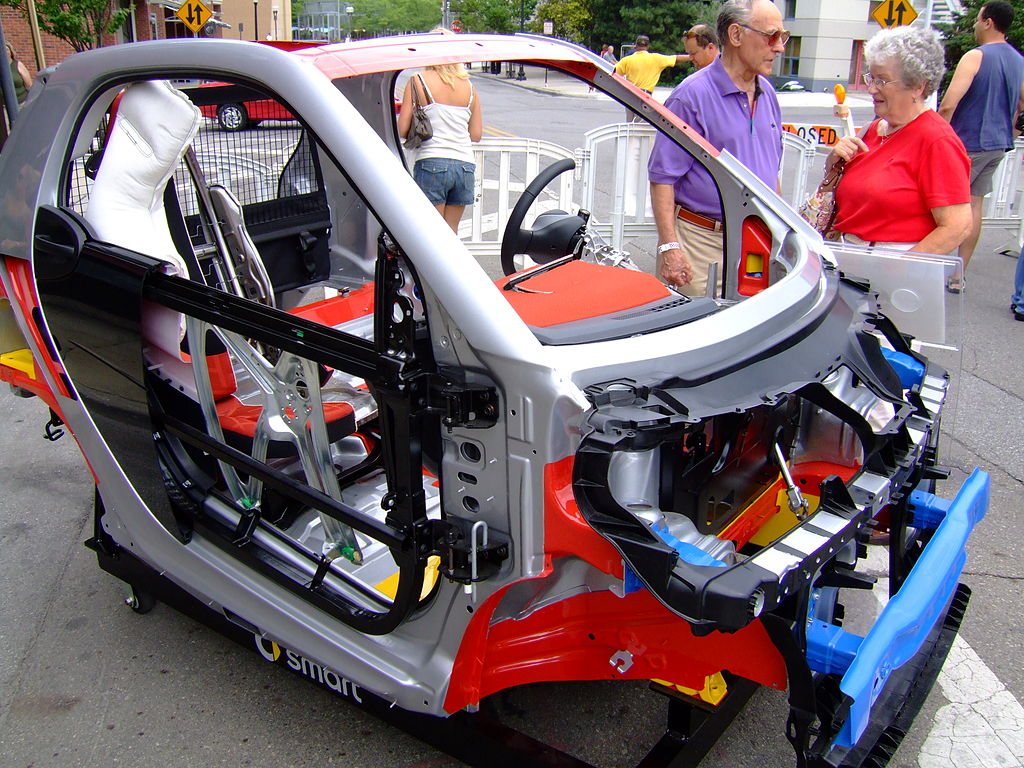
Some sports cars have unconventional door designs that are aesthetically appealing, but can be dangerous in the case of collisions and rollovers. Such vehicles are often fitted with sensor-actuated explosive charges to blow off the doors in the case of an accident.
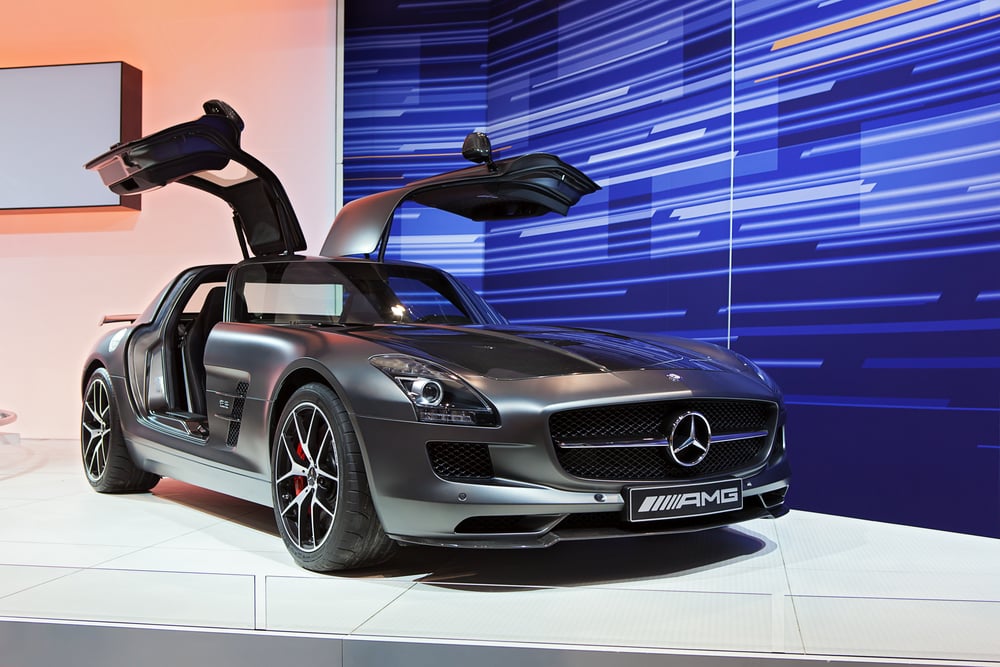
Iv. Fuel Tank Position
The position of the fuel tank should be such that any leakage is directed away from the accident area. Accidents can often involve fires or stray sparks that can ignite the fuel, exponentially decreasing the chances of survival in adverse circumstances.
V. Submarining Components
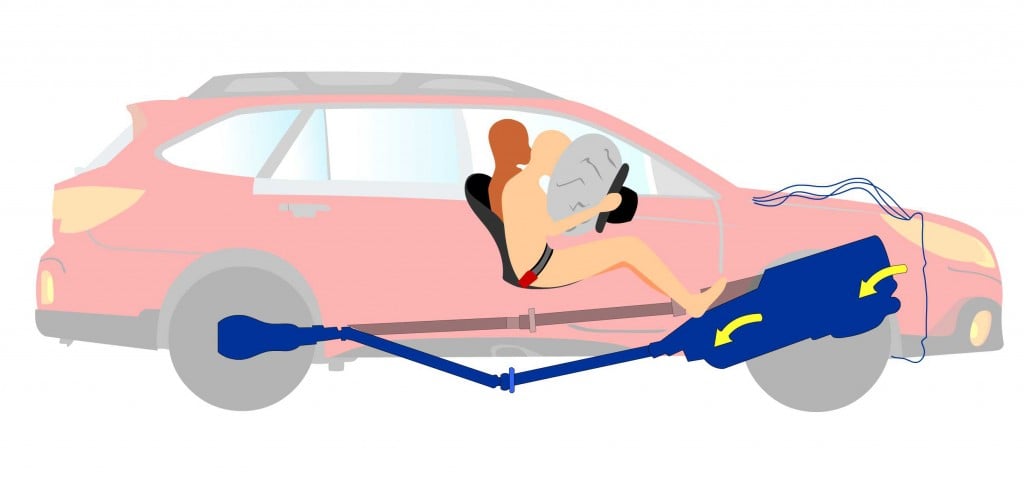
The impact of a collision can often push mechanical components, such as the pedals, steering wheel and even powertrain components, such as the engine and transmission shafts, into the cabin, resulting in severe injuries.
Submarining components are designed to slide away from and under the cabin, rather than pierce their way into it, thereby improving safety.
2. Safety Equipment
The purpose of safety equipment is to safeguard occupants during the course of the collision. During a collision, there is a massive transfer of momentum accompanied by rapid deceleration. This can cause the occupants to suddenly lurch forwards or backwards at extremely high speeds and come to rest similarly quickly.
As a result, various parts and internal organs of the body accelerate at different rates, causing injuries that can be fatal in extreme situations.
An example of this is the whiplash effect experienced in the neck during a rear-end collision. The neck jolts to the front and then slams backwards, resulting in a whiplash-like movement that can damage the spine.
The task of safety equipment can be greatly reduced if the vehicular design contains well-designed safety elements.
However, in their absence, the onus lies completely on equipment, thereby reducing the overall safety quotient of the vehicle.
I. Airbags

An airbag is a cushioning bag that almost instantaneously inflates upon impact to intercept some part of the human body that is directed towards it. Upon interception, the airbag compresses to absorb most of the impact and then slowly deflates to decelerate the body gradually.
While most vehicles have airbags for preventing trauma to the head, high-end cars have multiple airbags to significantly eliminate shocks to other parts of the body.
Ii. Seatbelts
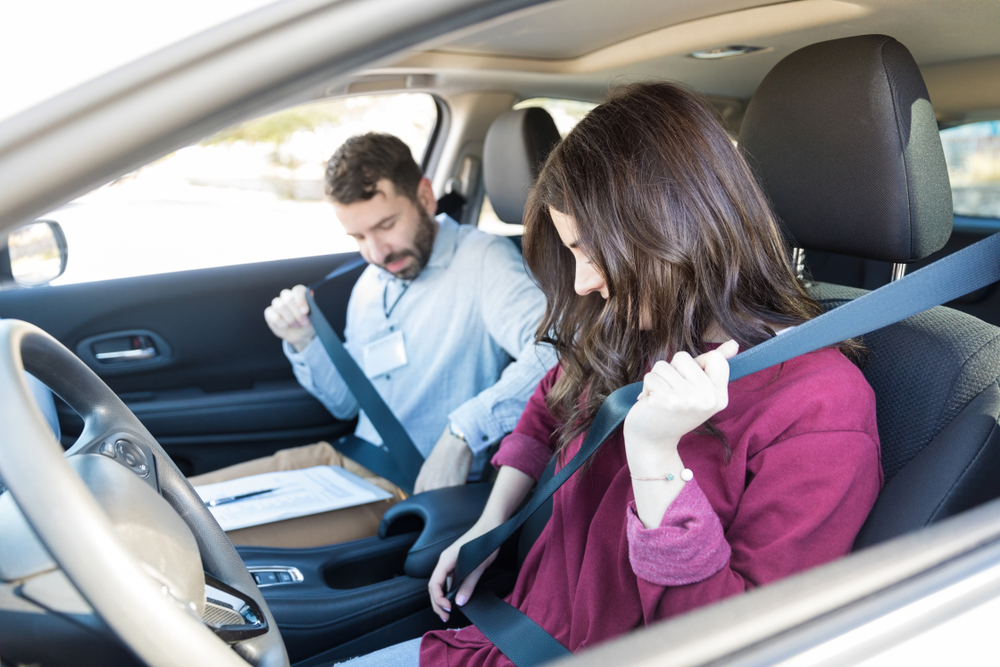
The task of the seat belt is to hold each occupant securely in place during sudden deceleration. Modern seatbelts come equipped with mechanisms, such as pre-tensioners and force limiters, that help direct the subject towards the airbag in a controlled manner to prevent excess shock to the internal organs.
Pre-load tensioners automatically tighten upon sensing a collision in order to hold the occupant tightly in place. They work in conjunction with force limiters that slowly release the seatbelt to allow the occupant to move towards the airbag without hurting any internal organs, especially the collarbone, due to restraint exercised by the seatbelt against sudden deceleration.
Iii. Cargo Barriers
Usually, luggage is stored behind the occupants. In the case of hatchbacks or vehicles with parcel shelves that are accessible from the cabin, these objects can come hurtling forward to hit the occupant from behind. Thus, cargo barriers keep the luggage from moving around.
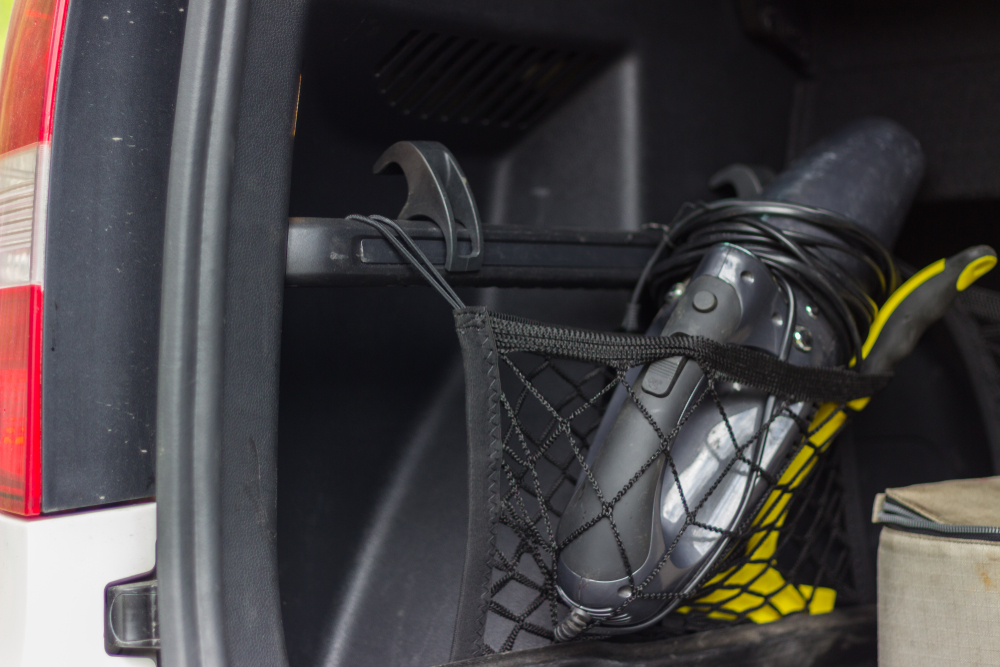
Iv. Electronic Vehicle Shutdown
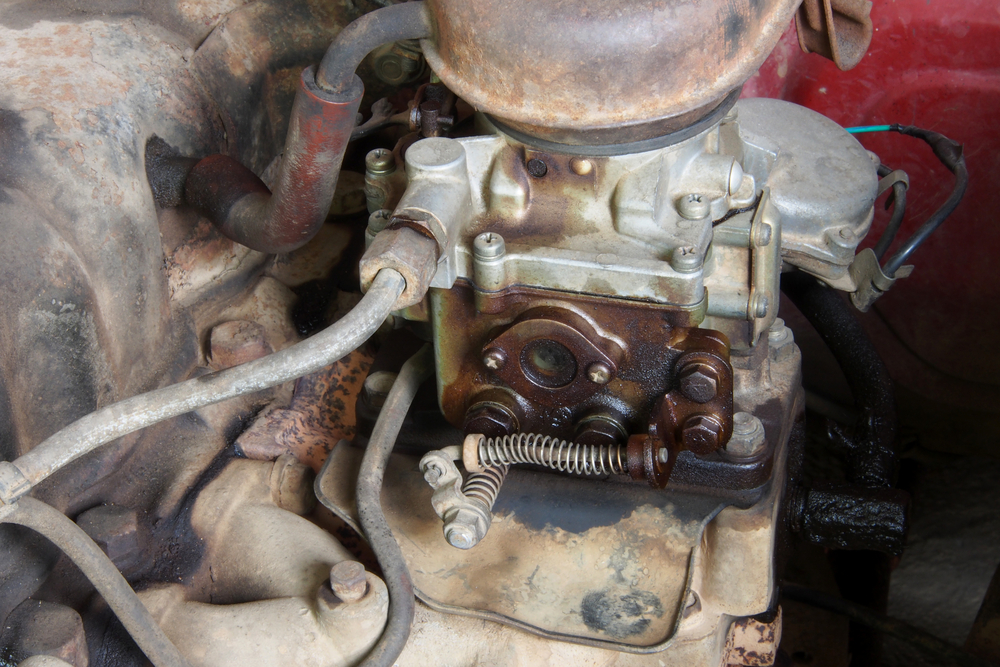
Some vehicles go so far as to initiate a complete vehicle shut down to reduce the chances of a fire starting from fuel leakage coming in contact with the electrical supply from the battery. This is achieved by using a fuel supply cut-off switch and a battery isolation mechanism
What Does Safety Mean?
The adage “Prevention is better than a cure” holds the truest in automotive safety. Safety begins by practicing good driving habits and following road protocols, along with maintaining the vehicle so that it stays in the best possible condition.
Deeming a car safe just because it has 6 airbags is tantamount to saying that it’s okay to get hurt because medical facilities exist. Safety is a proactive measure, rather than an afterthought, and one should certainly incorporate this in both purchase decisions and daily driving!



